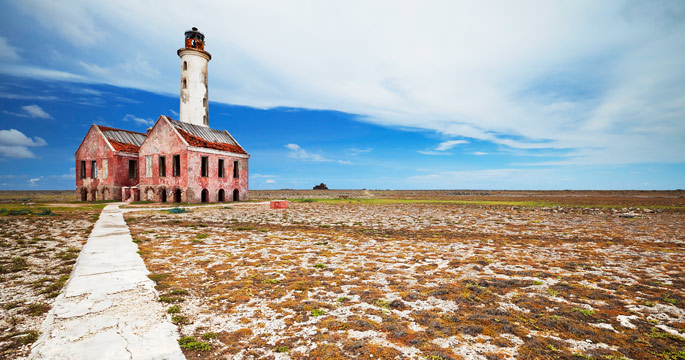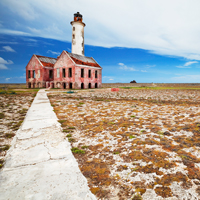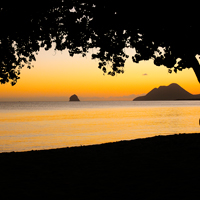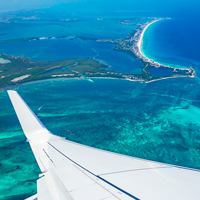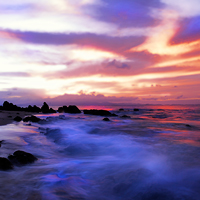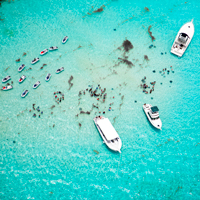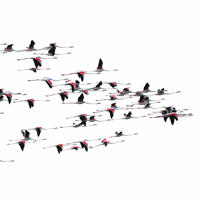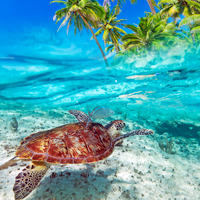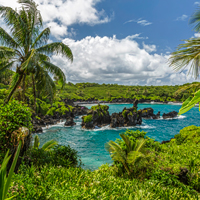Though it’s not an island you’d want to call home, arid and uninhabited Kline Curacao is a great place to spend a day. Located some 15 miles southeast of the primary island of Curacao, this small island offers deserted beaches, unspoiled coral reefs and a landmark lighthouse.
Day trips begin with a two-hour boat ride that hugs the sheltered southern coast of Curacao, and then enters open waters, which can range from calm to adventurous. The destination is a deserted white-sand beach on Kline Curacao’s sheltered lee shore, where a collection of thatch-roofed shelters provides the island’s only facilities.
A typical day on the island will involve snorkeling or scuba diving, beach games, walks to the wind-swept eastern shore, a barbecue lunch and, or course, plenty of cool libations.

